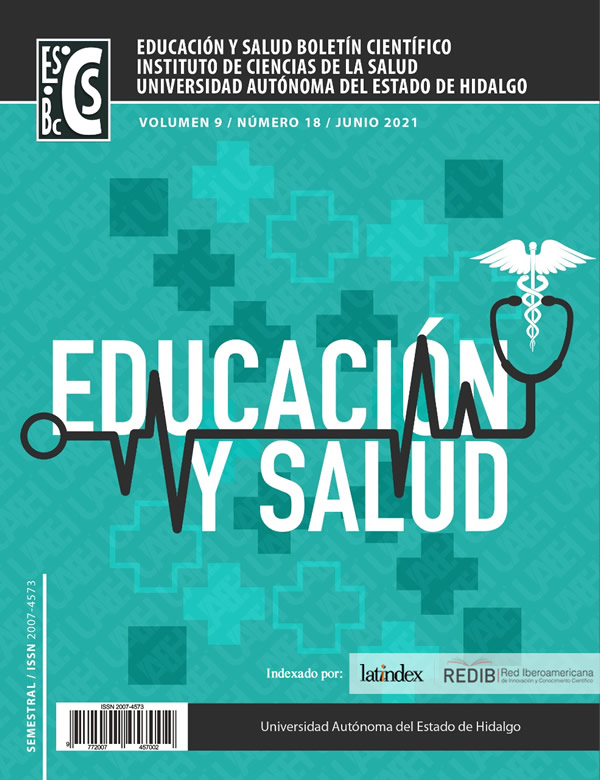Evaluation of calcium content in milk and yogurt
Abstract
Milk and yogurt are considered the best dietary source of calcium due to the content and bioavailability of the mineral, which is essential for muscle contraction and the function of the nervous system, therefore this nutrient must be provided in the diet. To cover the calcium recommendations, not only is food containing this mineral required, but also that calcium is bioavailable, that is, it can be absorbed in the intestine and, therefore, be used for physiological functions . The objective of this study was to evaluate and compare the calcium content in milk and yogurt to determine which product has the highest content of this mineral. The milks and yogurts evaluated presented a calcium contribution of 110-120 mg / 100 mL, however, the yogurts presented a higher content. Therefore, these products can be considered as a good source of calcium with contributions between 28 and 14% of the daily recommendations if 250 mL of product are consumed per day.
Downloads
References
Martínez E. El calcio, esencial para la salud. Nutr Hosp. (2016); 33 (4):26-31.
Rodríguez-Huertas J, Rodríguez Lara A, González- Acevedo O, Dolores Mesa M. Leche y productos lácteos como vehículos de calcio y vitamina D: papel de leches enriquecidas. Nutr. Hosp. (2019); 36 (4). Disponible en : http://scielo.isciii.es/scielo.php?script=sci_arttext&pid=S0212-16112019000400030
Theobald HE. Dietary calcium and health. Nutr Bullet. (2005); 30 (3):237-277.
Poveda Elpidia E. Suero lácteo, generalidades y potencial uso como fuente de calcio de alta biodisponibilidad. Rev. Chil. Nutr. (2013); 40 (4). Disponible en: https://scielo.conicyt.cl/scielo.php?pid=S0717-75182013000400011&script=sci_arttext&tlng=e
Aznar L. A. Evidencia científica sobre el papel del yogur y otras leches fermentadas en la alimentación saludable de la población española. Nutr. Hosp (2013); 28 (6). Disponible en: http://scielo.isciii.es/scielo.php?pid=S0212-16112013000600038&script=sci_arttext&tlng=pt
Farré R. La leche y los productos lácteos: fuentes dietéticas de calcio. Nutr Hosp. (2015); 31(2). Disponible en: http://www.aulamedica.es/nh/pdf/8676.pdf
Bourges H, Casanueva E, Rosado JL. Recomendaciones de Ingestión de Nutrimentos para la Población Mexicana. México: Panamericana; 2008
NOM-155-SCFI-2012. Leche-denominaciones, especificaciones fisicoquímicas, información comercial y métodos de prueba. Disponible en: http://www.dof.gob.mx/normasOficiales/4692/seeco/seeco.htm
Codex Stan 243-2003 NORMA DEL CODEX PARA LECHES FERMENTADAS. Dirección: http://www.fao.org/3/a-i2085s.pdf
NOM-051-SCFI/SSAI-2010, Especificaciones generales de etiquetado para alimentos y bebidas no alcohólicas preenvasados- información comercial y sanitaria. Disponible en: https://www.dof.gob.mx/2020/SEECO/NOM_051.pdf












